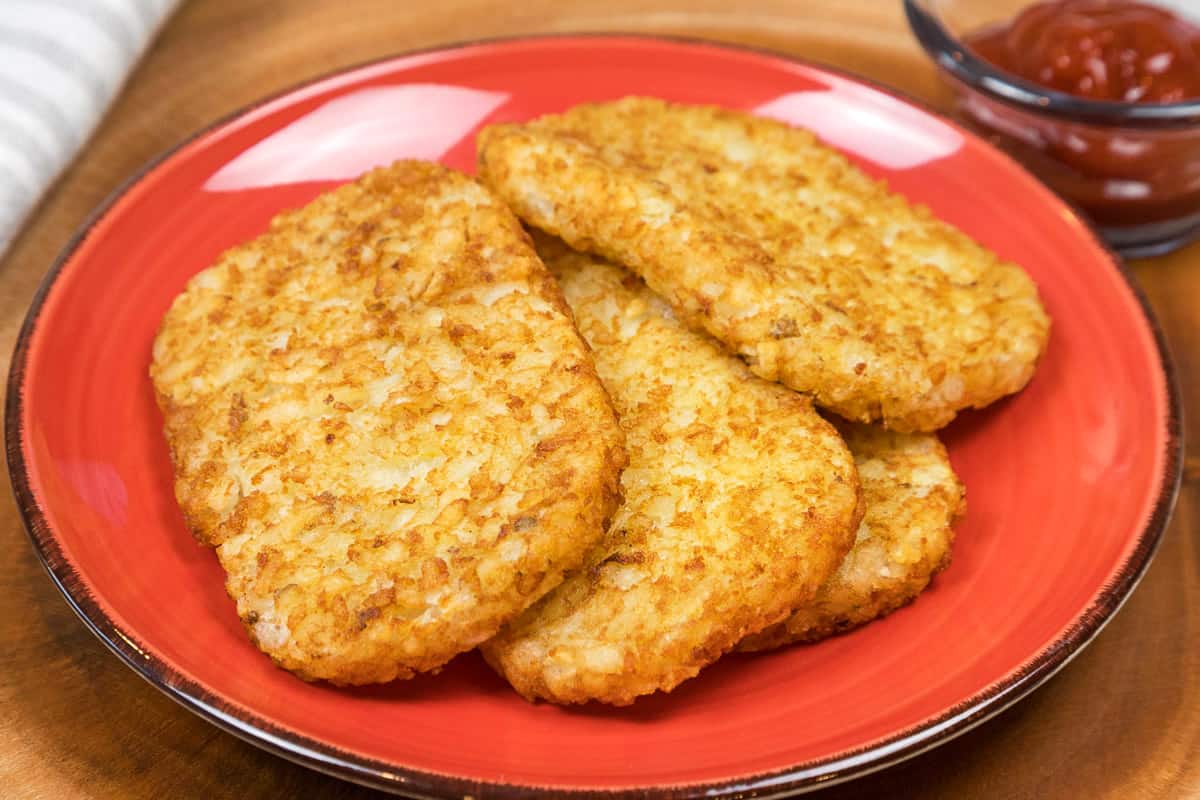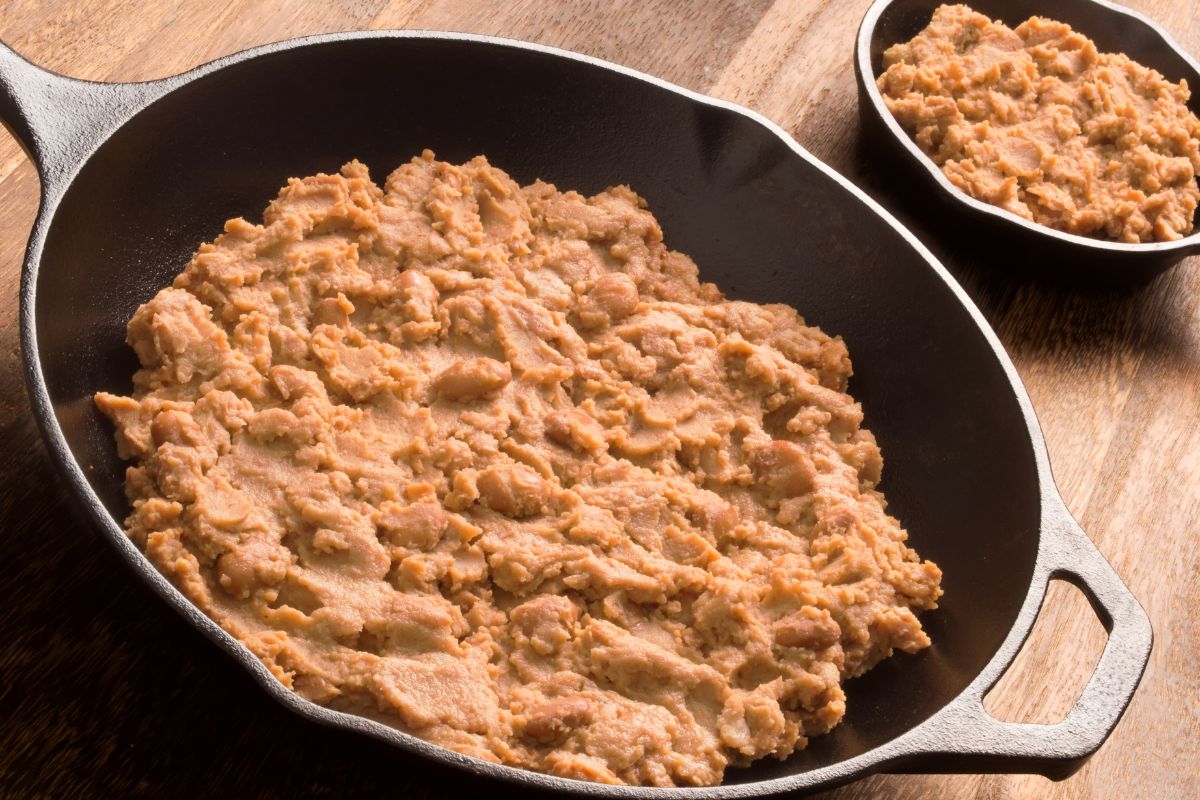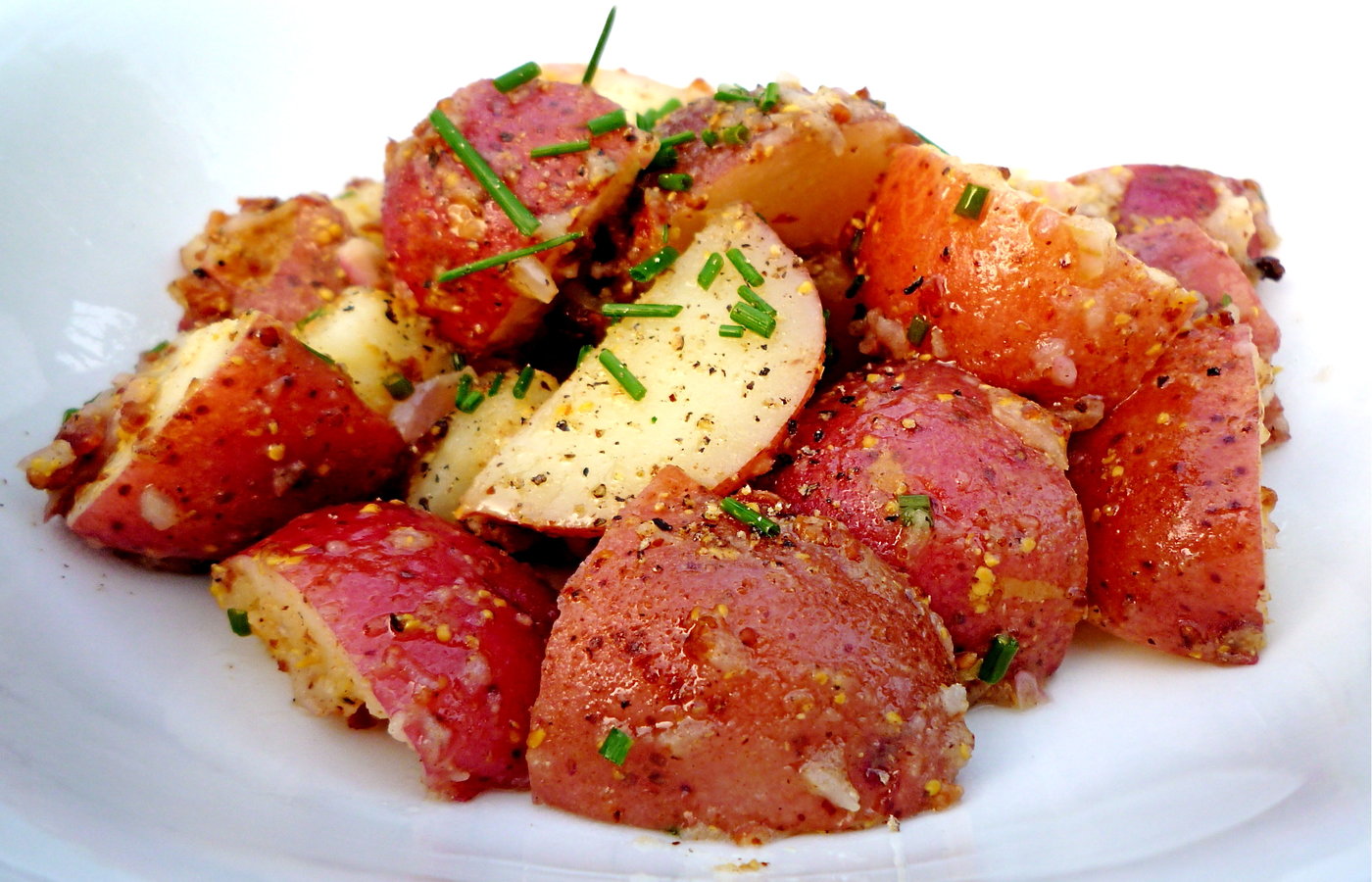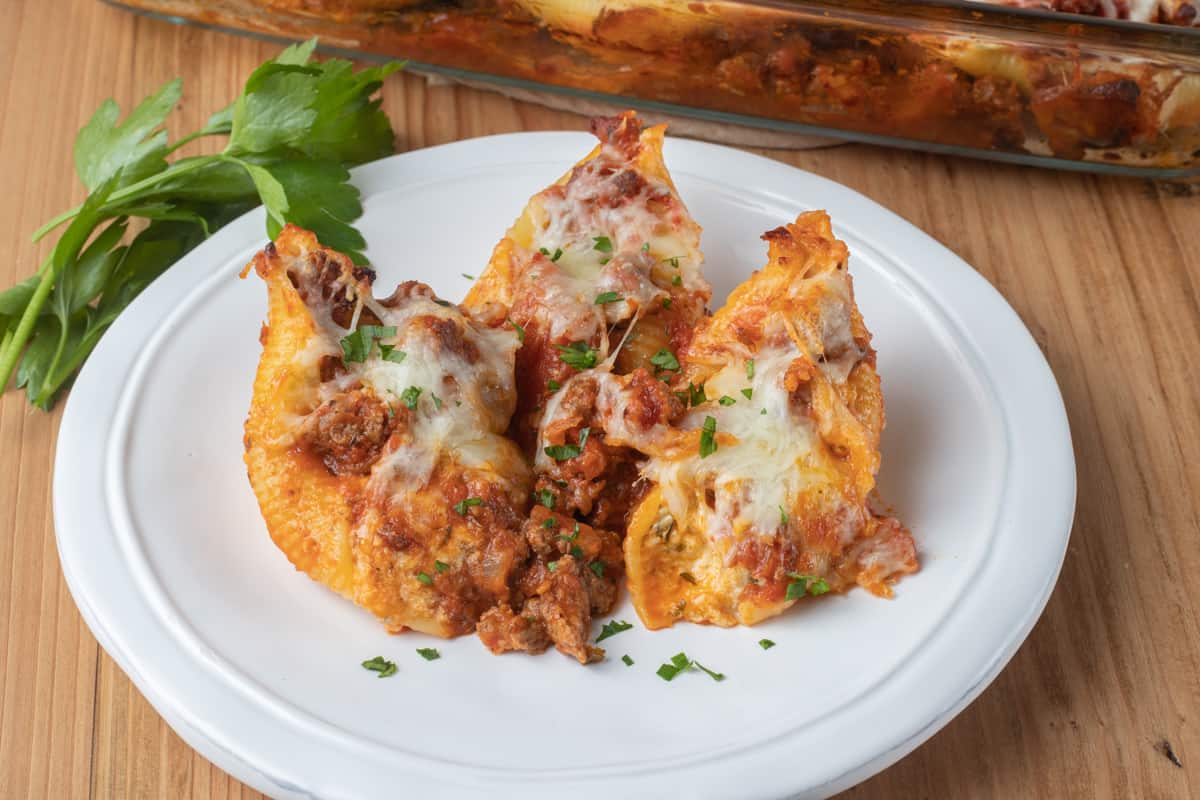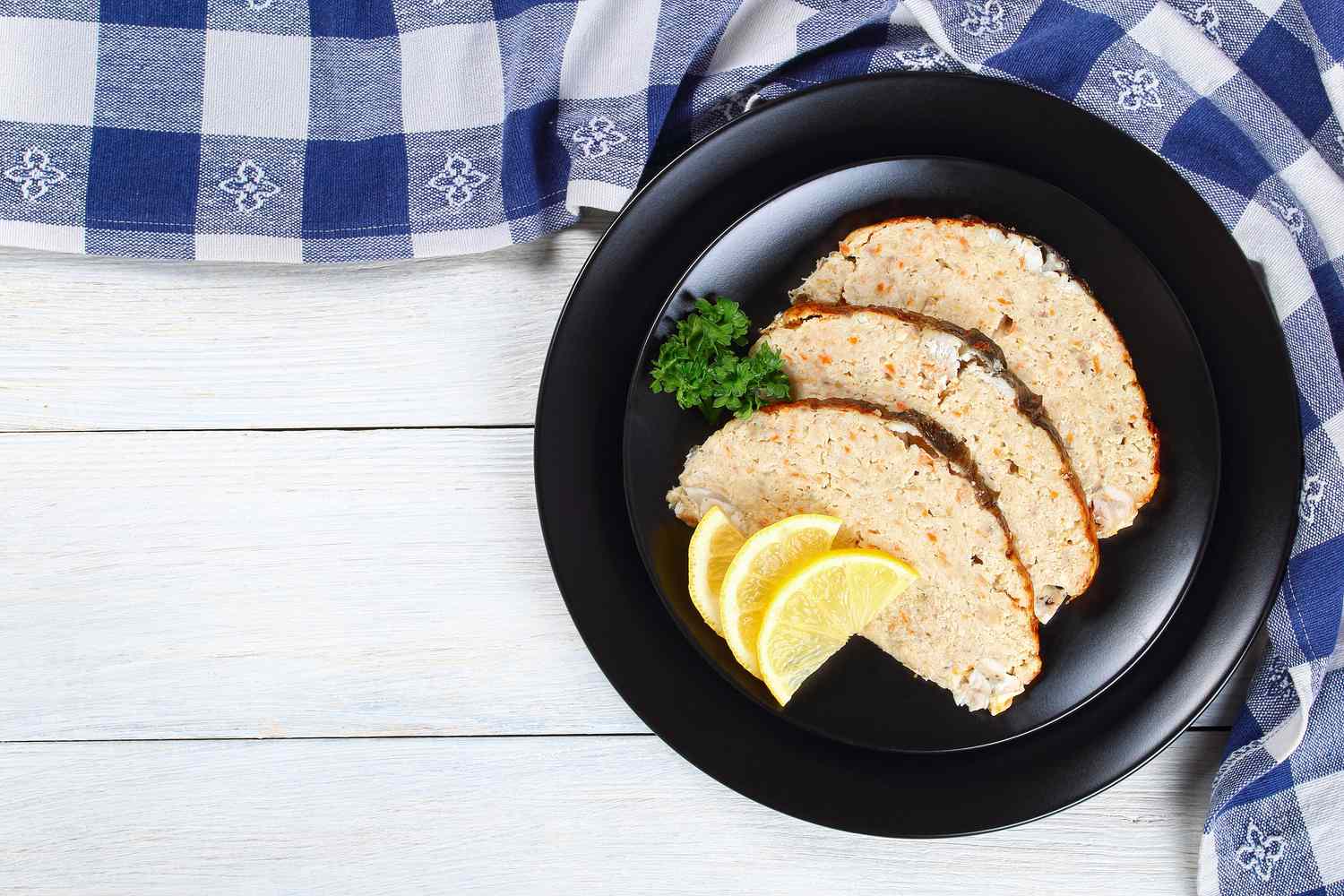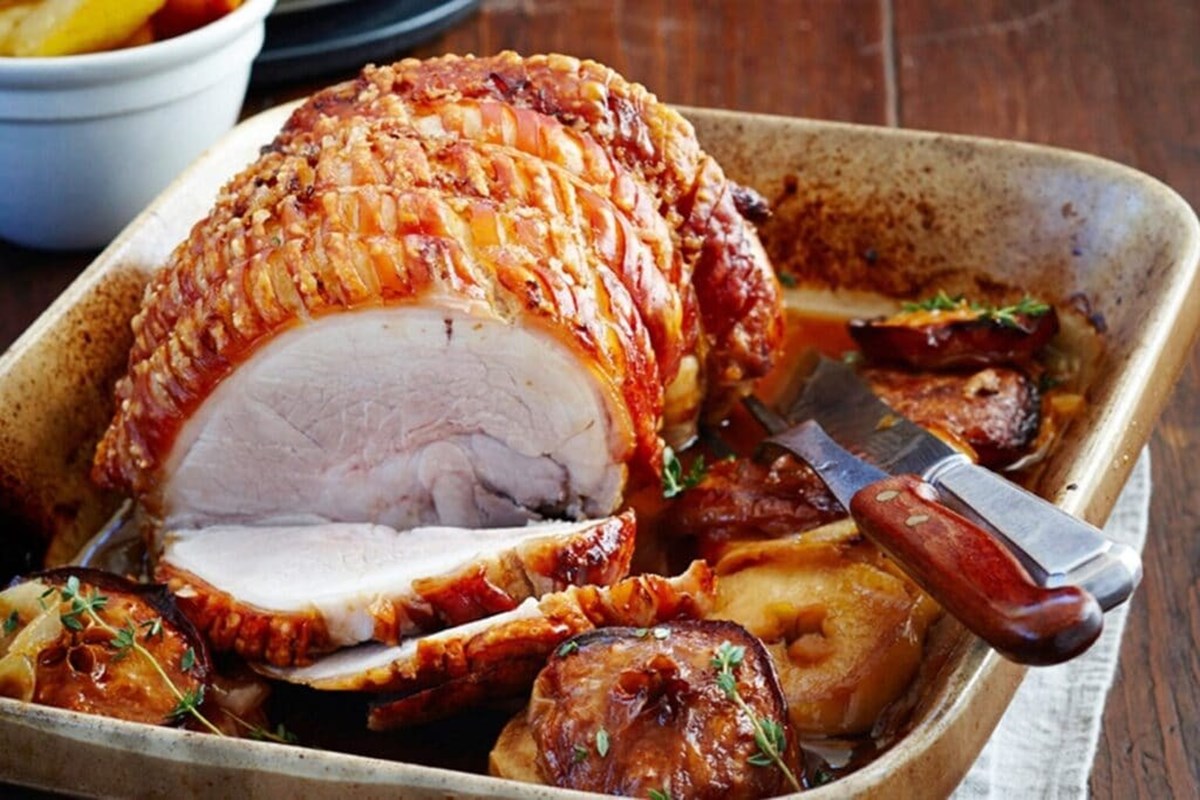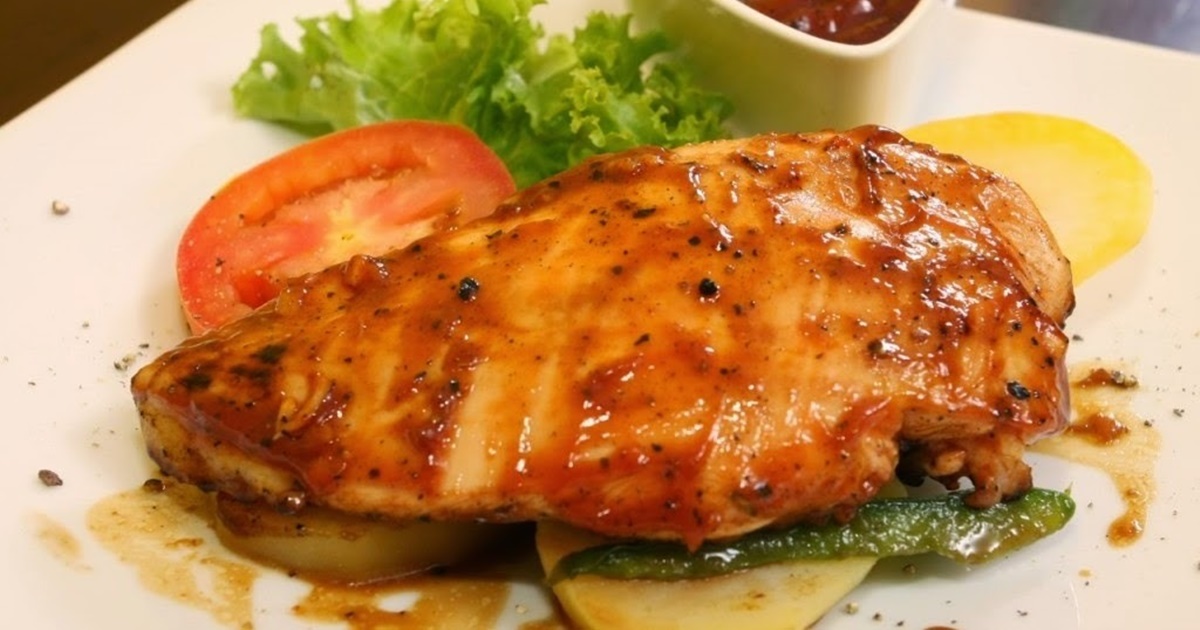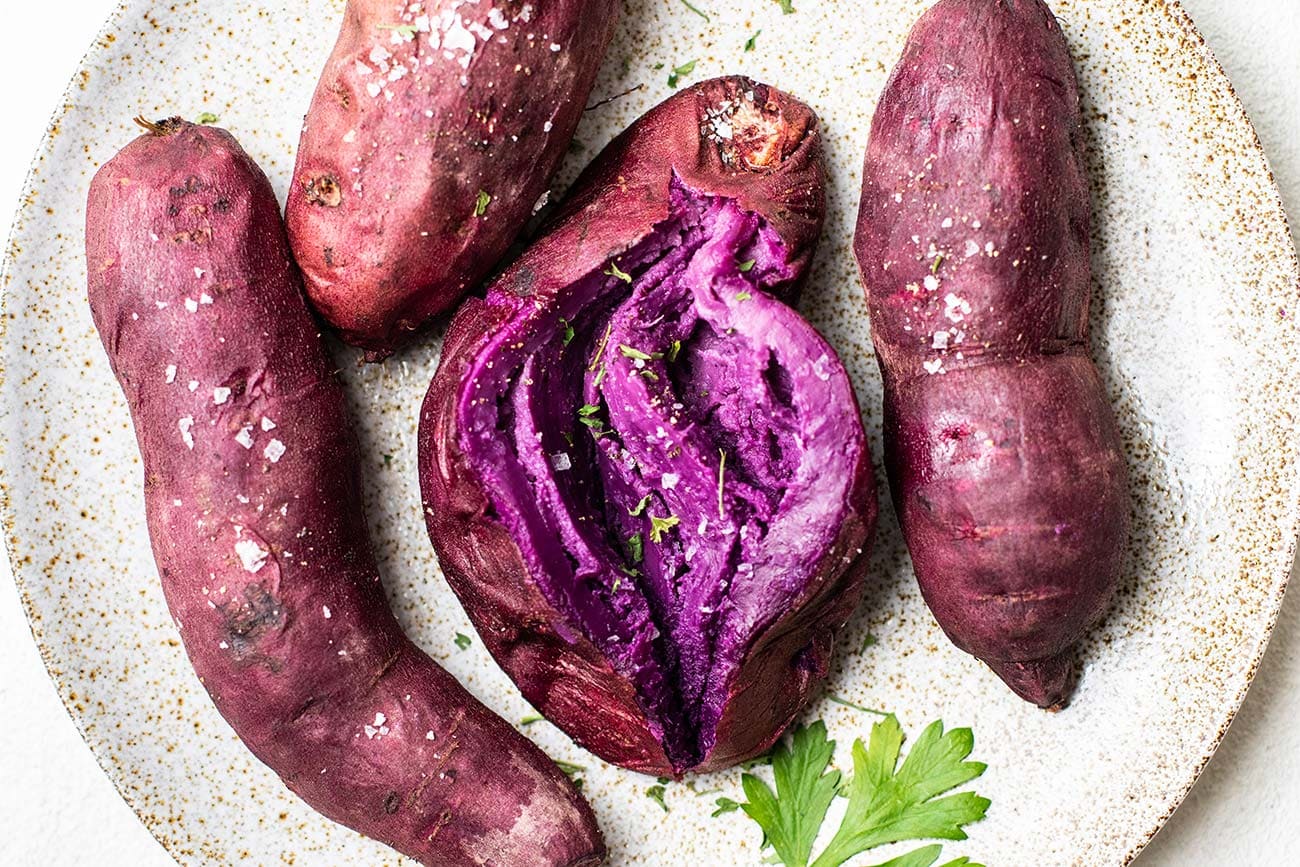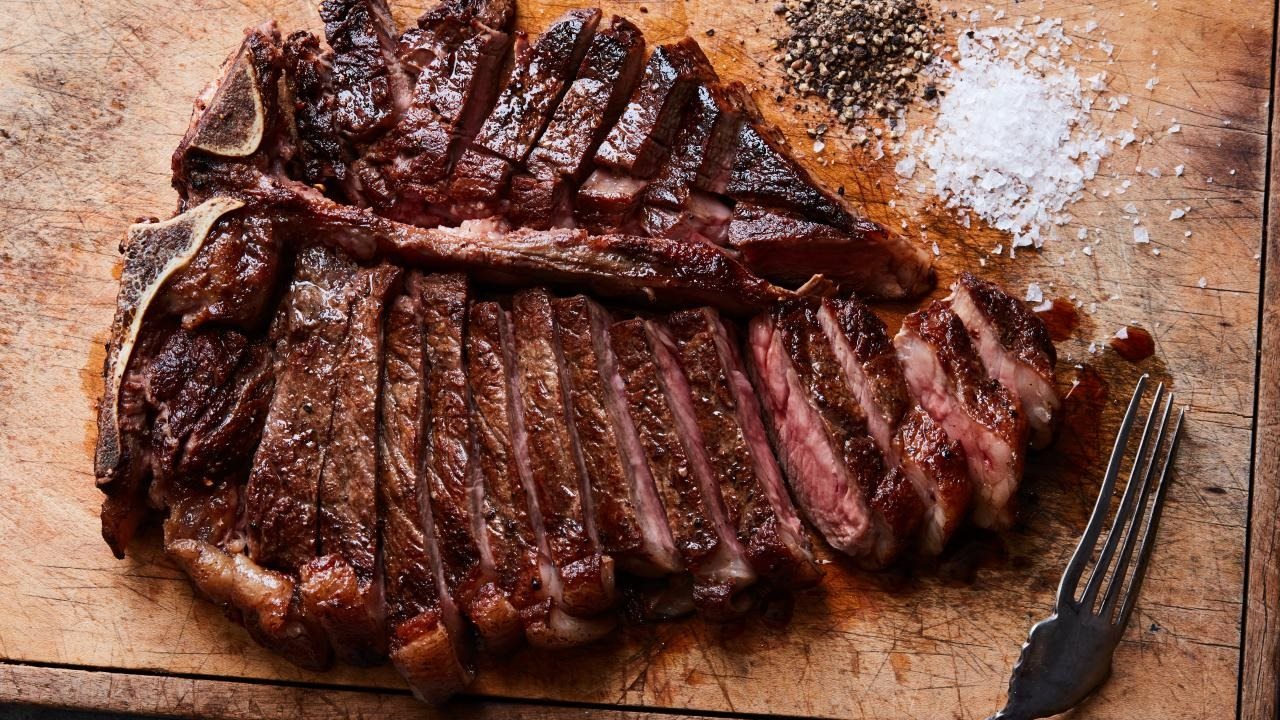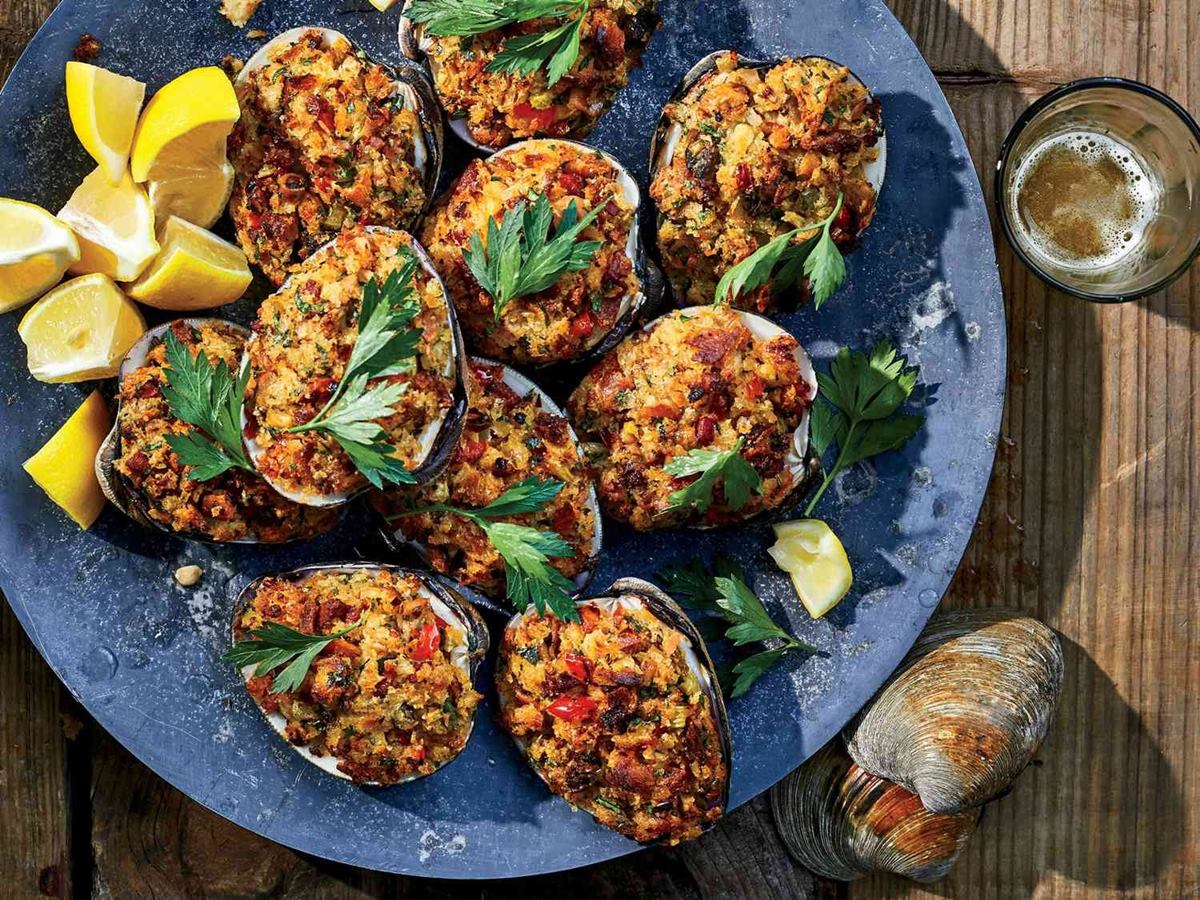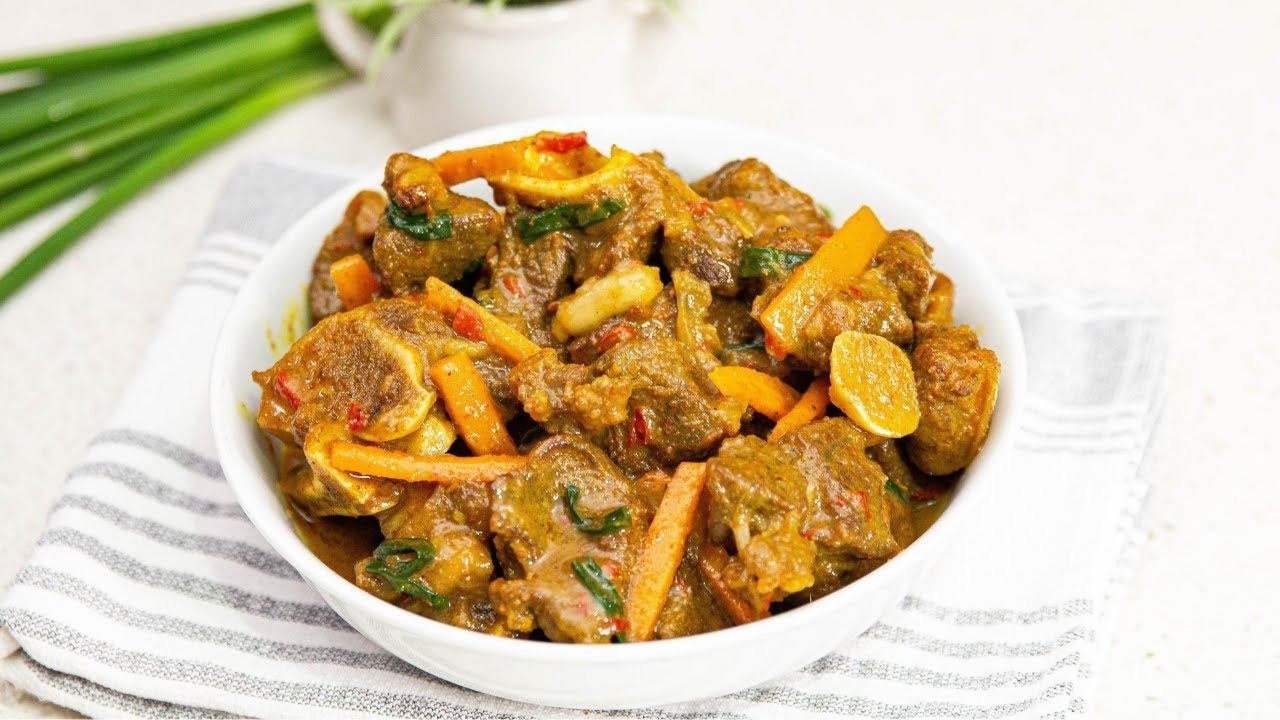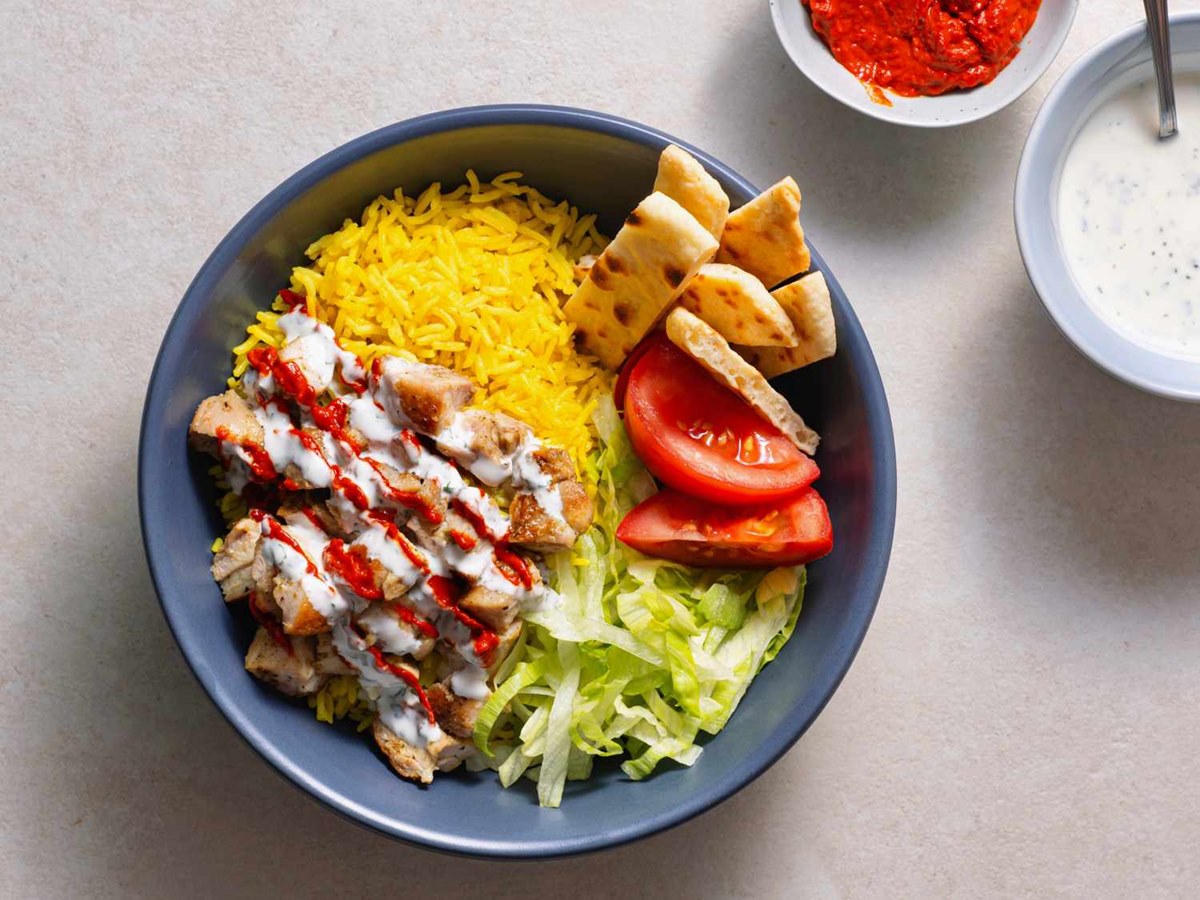Exploring the Culinary Delights of Lamb Head
When it comes to indulging in unique and adventurous dishes, few things compare to the succulent flavors of lamb head. While it might seem intimidating at first, cooking lamb head can be an incredibly rewarding culinary experience. Whether you’re looking to impress your guests or simply expand your culinary repertoire, this guide will take you through the step-by-step process of cooking a delicious lamb head feast.
Why Choose Lamb Head?
Lamb head is a delicacy enjoyed in many cultural cuisines around the world. It offers a distinctive taste and texture that can elevate your dining experience to a whole new level. Here are a few reasons why you should consider choosing lamb head for your next culinary venture:
- Rich flavors: Lamb head is known for its bold and intense flavors. The combination of tender meat, gelatinous textures, and unique aromas creates a truly unforgettable taste sensation.
- Resourceful cooking: By utilizing different parts of the lamb head, you can create a wide range of dishes. From succulent braised cheeks to crispy roasted brains, every part has its own distinct culinary potential.
- Zero waste: Cooking lamb head allows you to make the most of the entire animal, minimizing waste and honoring the farm-to-table concept. It’s a sustainable choice for those looking to be more conscious of their food consumption.
Preparing the Lamb Head
Before diving into the cooking process, it’s essential to properly prepare the lamb head. Follow these steps to ensure you’re ready to create a masterpiece:
- Cleaning: Start by thoroughly cleaning the lamb head. Remove any excess blood, impurities, or loose hairs, taking care to pay attention to crevices and cavities.
- Trimming: Trim away any excess fat and unwanted parts, such as the eyes or ears, according to your preference.
- Seasoning: Generously season the lamb head with your favorite herbs, spices, and marinades. Let it sit for a few hours or overnight to allow the flavors to penetrate the meat.
Cooking Techniques
Now that your lamb head is primed and ready, it’s time to explore different cooking techniques to bring out the best flavors. Here are three popular methods:
- Braising: Braising lamb head is a slow-cooking method that results in tender and flavorful meat. Place the seasoned head in a Dutch oven or deep pan, add your choice of liquid (broth, wine, or stock), and cook on low heat for several hours until the meat easily falls off the bone.
- Roasting: Roasting the lamb head creates a delightful balance between crispy exterior and succulent interior. Preheat your oven to a high temperature, place the seasoned head on a roasting rack, and cook until the skin turns golden brown and crispy.
- Frying: Frying lamb head is a popular option for those who enjoy a crunchy texture. Cut the head into smaller pieces, coat them in a crispy batter or breadcrumbs, and deep fry until they become golden and crispy on the outside.
Final Thoughts
While cooking lamb head may seem daunting, it’s an opportunity to explore new flavors and traditions. With some preparation and experimentation, you’ll discover the unique culinary delights this delicacy has to offer. So, why not embark on a culinary adventure and try your hand at cooking lamb head? Your taste buds will thank you!
Exploring More Lamb Head Recipes and Uses
Once you've mastered the basics of cooking a lamb head, a world of flavorful opportunities awaits. Among the diverse recipes provided, Traditional Moroccan Spiced Lamb Head is highly recommended for those who appreciate vibrant, complex flavors. Likewise, the Slow-Braised Lamb Head with Root Vegetables offers a comforting, hearty option ideal for colder months. Adventurous chefs might explore the rich, aromatic Indian Lamb Head Curry with Coconut Milk. Each recipe leverages the unique textures and flavors of lamb head, promising a memorable culinary journey.
